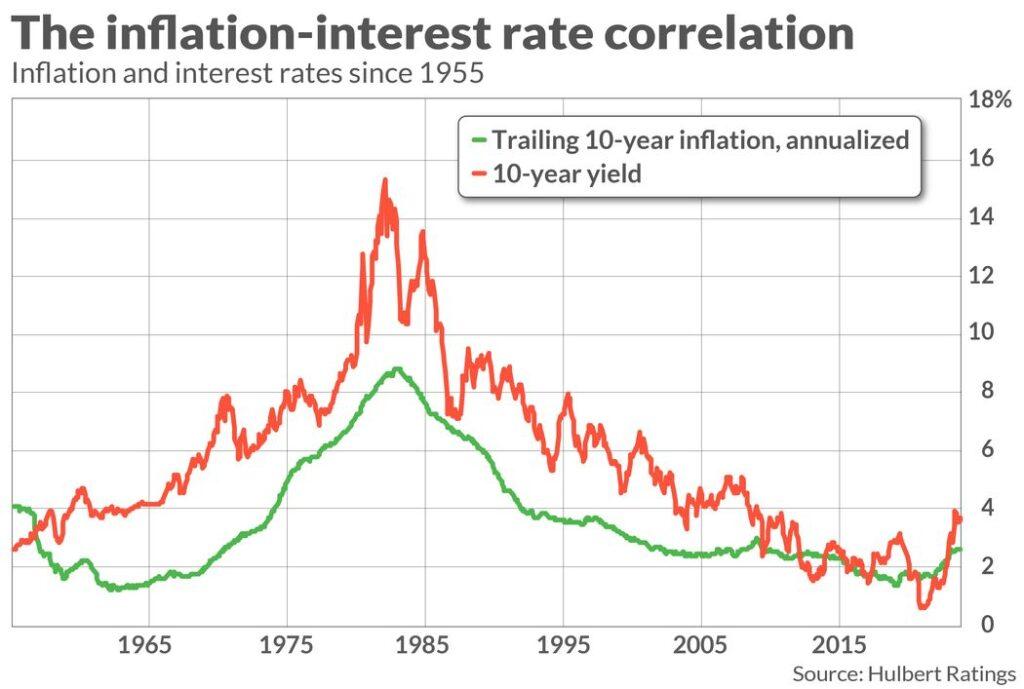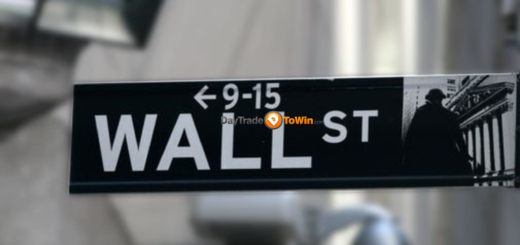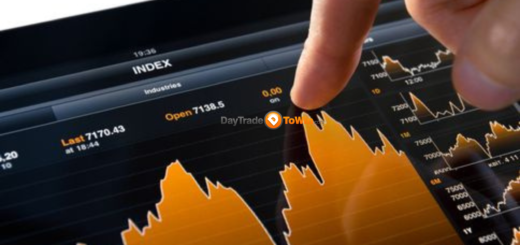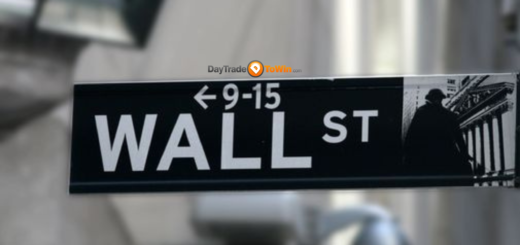Don’t Miss Out! The Stock Market’s Big ‘Buy’ Signal is Approaching!
Higher Interest Rates Won’t Keep Stock Prices Down for Much Longer”
The recent drop in the U.S. stock market can’t be solely blamed on the rise in interest rates, and investors are beginning to realize this fact.
The widely held belief that stocks decline when interest rates go up is rarely questioned. But unquestioned beliefs can often lead us astray. As Humphrey Neill, the pioneer of contrarian analysis, regularly reminded his clients: “When everyone thinks the same, everyone is likely to be wrong.”
To reexamine this notion, let’s first remember that interest rates and inflation have historically shown a strong correlation, as evident from the accompanying chart.

This year is no exception: The 10-year Treasury yield (BX:TMUBMUSD10Y), often singled out as the reason for the recent slowdown in the bull market, has surged from 3.79% to 4.81% since the beginning of 2023 through October 3. Over the same period, the 10-year breakeven inflation rate, which represents bond investors’ consensus on expected inflation over the next decade, has only inched up slightly from 2.26% to 2.33%.
The correlation between interest rates and inflation is essential because corporate earnings in nominal terms tend to grow faster during periods of higher inflation. This doesn’t mean that investors should welcome inflation, but it does indicate that future earnings in the years ahead will be discounted at a higher rate.
However, due to various behavioral biases, investors often place more weight on the negative impact of the increased discount rate than on the higher nominal earnings growth associated with higher inflation.
Economists refer to this investor bias as the “inflation illusion.” A significant study illustrating how this error affects the stock market was conducted by Jay Ritter of the University of Florida and Richard Warr of North Carolina State University. They found that investors systematically undervalue stocks when inflation is high.
Conversely, when inflation and interest rates begin to decline, investors tend to make the same error but in the opposite direction. This lays the foundation for a substantial buy signal in the market.




